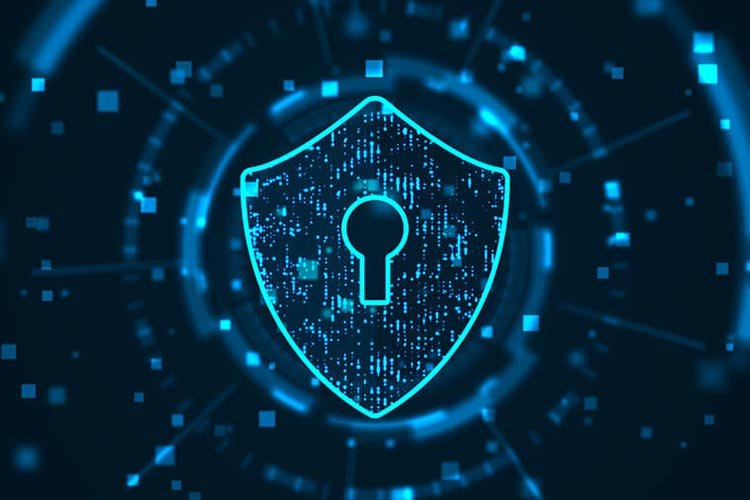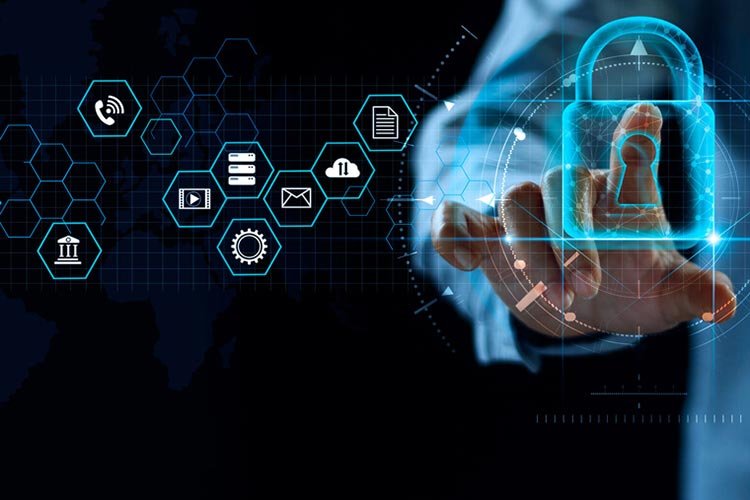
Cyber hygiene comprises the routine practices and policies that reduce vulnerability to digital threats. Just as regular personal hygiene prevents illness, disciplined cyber hygiene maintains the integrity, confidentiality, and availability of systems and data. For organizations — and the individuals who operate within them — adopting robust cyber hygiene is an essential, cost-effective layer of defense that supports resilience, regulatory compliance, and trust.
Why Cyber Hygiene Matters
- Reduces exposure to prevalent threats — Many breaches begin with simple vectors such as phishing emails, reused or weak passwords, and unpatched software.
- Lowers remediation costs and downtime — Preventative measures are typically far less expensive than incident response, legal liabilities, and reputation recovery.
- Preserves trust and regulatory standing — Demonstrable hygiene practices support compliance with data-protection regimes and reassure customers and partners.
Core Principles of Effective Cyber Hygiene
- Inventory and minimize attack surface: know what assets (devices, applications, accounts) exist and remove or decommission anything unnecessary.
- Apply least privilege: grant users and services only the access they require to perform tasks.
- Ensure timely patching and configuration management: keep systems and software up to date and securely configured.
- Maintain strong identity controls: enforce multi-factor authentication (MFA), unique passwords, and centralized identity management.
- Back up and test recovery: implement regular backups and validate restoration procedures to reduce the impact of ransomware or data loss.
- Educate and empower users: people remain the pivotal defensive layer; training reduces risky behaviors and improves detection/reporting.
Practical, High-Impact Steps Anyone Can Take
- Use a password manager and create long, unique passphrases for every account.
- Enable multi-factor authentication (MFA) everywhere it’s supported, favoring authenticator apps or hardware tokens over SMS.
- Keep devices and applications patched automatically; prioritize critical and internet-facing systems.
- Limit admin privileges and use separate accounts for daily work and elevated tasks.
- Regularly back up important data to immutable or off-network storage and test restores quarterly.
- Configure firewall policy and endpoint protection with threat detection and automated response where possible.
- Implement email security controls: anti-phishing filters, sender policy framework (SPF), DKIM, and DMARC for domains.
- Adopt secure remote access: VPNs or zero-trust network access (ZTNA) with conditional access controls.
- Perform routine vulnerability scanning and annual penetration testing for high-risk assets.
- Run short, scenario-based tabletop exercises so staff know how to respond to incidents.
Technical and Organizational Best Practices
- Maintain an accurate asset inventory tied to ownership and risk classification.
- Automate patch management and use configuration baselines (e.g., CIS Benchmarks).
- Monitor logs centrally (SIEM/observability) and tune alerts to detect anomalous behavior early.
- Integrate identity and access governance with lifecycle processes (onboarding, role changes, offboarding).
- Establish an incident response plan with playbooks for common events (phishing, ransomware, data breach) and a clear escalation path.
- Use encryption for data at rest and in transit; manage keys with a hardened key-management system.
- Track third-party risk: require vendors to demonstrate hygiene controls and contractually obligate security standards.
Measuring Hygiene and Demonstrating Progress
Key metrics to track:
- Patch coverage and mean-time-to-patch.
- Percentage of accounts with MFA enabled.
- Number of privileged accounts and time-limited privilege use.
- Backup success rates and restore test outcomes.
- Phishing click-through rates from simulated campaigns.
- Mean time to detect (MTTD) and mean time to respond (MTTR) to security incidents.
Presenting these metrics in regular risk reports translates technical hygiene into business-relevant outcomes.
Common Pitfalls and How to Avoid Them
- Treating hygiene as one-time projects rather than continuous operations — solve this with automation and governance.
- Overreliance on a single control (e.g., antivirus) — adopt layered defenses.
- Poor change management leading to configuration drift — enforce baselines and continuous compliance checks.
- Neglecting human factors — maintain ongoing, role-specific training and clear reporting channels.
Conclusion
Cyber hygiene is a practical, high-return discipline: its purpose is not to eliminate risk entirely but to reduce the frequency and impact of common threats so organizations can operate securely and confidently. By combining straightforward personal practices (strong unique passwords, MFA, backups) with organizational measures (patching, least privilege, monitoring, vendor controls), companies can substantially lower their attack surface and shorten recovery time when incidents occur.



- Tags:
- Cyber Hygiene